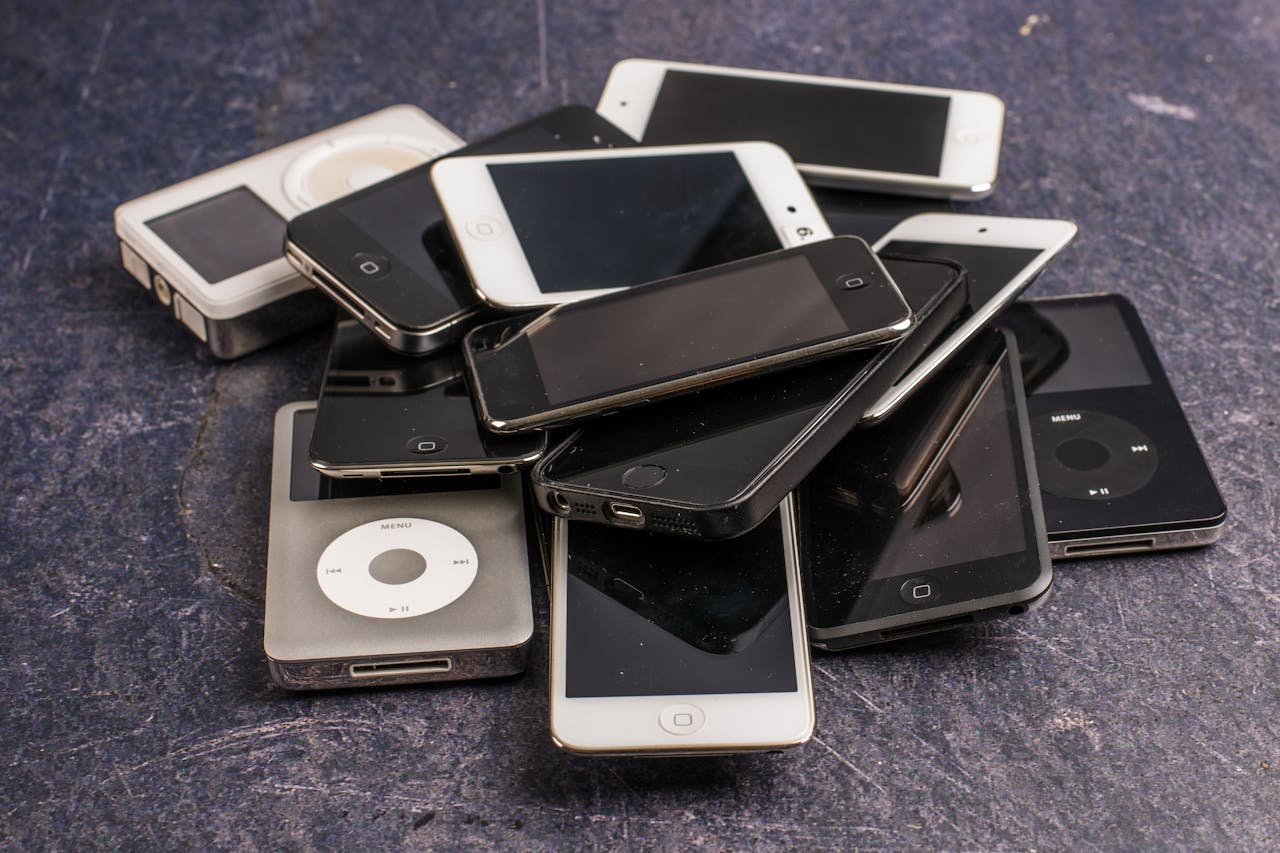In a world of ever-evolving tech and rising gadget prices, buying refurbished or used electronics can feel like a savvy shortcut to premium performance—at a fraction of the cost. But not all deals are created equal. The line between a reliable refurb and an overpriced paperweight can be razor-thin. Here’s how to tell if you’re scoring a steal or stepping into a trap.
🔍 What Does “Refurbished” Really Mean?
“Refurbished” typically refers to products that were returned, repaired, and tested for resale. But that label spans a spectrum:
- Manufacturer-refurbished: Repaired and tested by the original brand, often with a warranty. These are your safest bet.
- Third-party refurbished: Handled by independent sellers. Quality varies—some are meticulous, others not so much.
- Pre-owned or used: Sold “as-is” with no promises, and often no warranty. Cheap, but high-risk.
Always check who did the refurbishing—a big-name manufacturer or a mystery seller with a Gmail address?
⚠️ Red Flags to Watch For
Before clicking “Add to Cart,” consider these warning signs:
- Too-good-to-be-true pricing: Deep discounts with vague descriptions can mask major flaws.
- No return policy or warranty: Even legit sellers sometimes skip these—but that’s risky for electronics.
- Low-quality listing photos or missing accessories: Missing cables or chargers can drive up your “deal” cost later.
🛠️ Questions to Ask (Yourself and the Seller)
Get the full picture by asking:
- What condition is it in? (Look for “like new,” “very good,” etc.)
- Is there a warranty or return window?
- Has the battery been replaced or tested? (Especially with laptops or phones.)
- Can you verify the serial number or original specs?
💡 Pro Tips for Smart Buying
- Buy certified refurbs from trusted retailers like Apple, Best Buy, or Amazon Renewed.
- Use your credit card’s buyer protection for extra coverage if things go south.
- Check for software compatibility—that old tablet might not run modern apps or updates.
- Look into repairability—a cracked screen is cheap to replace on some devices, pricey on others.
✅ When It’s Worth It
Used or refurbished devices are a great option when:
- You’re buying secondary gadgets (like backup phones, e-readers, or smartwatches).
- You’re tech-savvy enough to spot and fix minor issues.
- You’re shopping for kids or temporary setups—why risk a new $1,000 phone in toddler hands?
Final Thought
Refurbished electronics can absolutely be a smart, sustainable choice—if you know what to look for. When done right, you’re not just saving money—you’re cutting down on e-waste and getting more life out of perfectly functional tech. Just make sure you’re buying peace of mind, not problems.
image sources
- Skyler Ewing: https://www.pexels.com/










